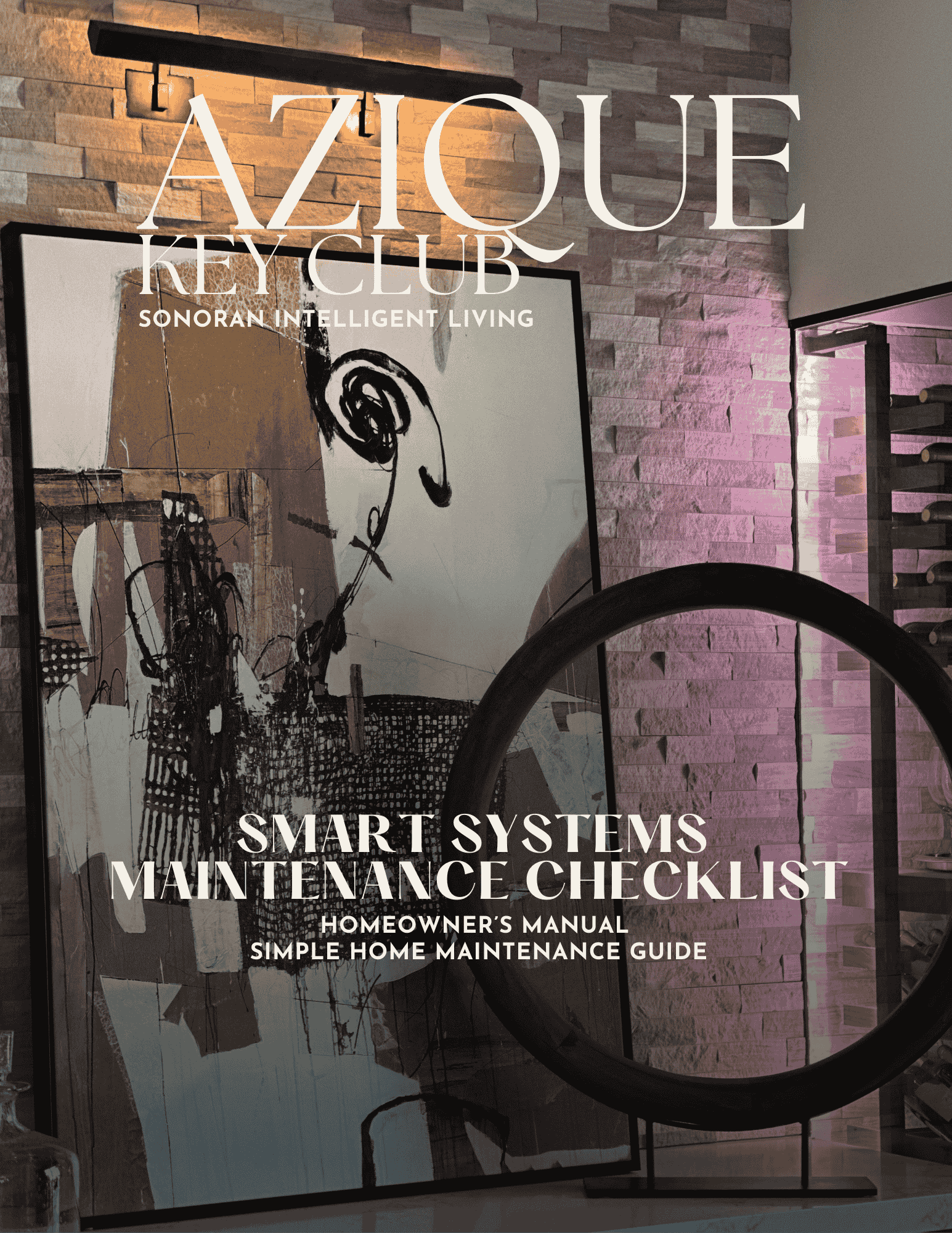
Sprinkler Systems in Arizona: Commercial-Grade vs. Regular—Making the Right Choice for Lasting Value and Efficiency

In Arizona’s arid climate, irrigation isn’t just about curb appeal—it’s about protecting landscaping investments, supporting community green spaces, and even complying with municipal codes. For homeowners, investors, and facility managers, choosing between commercial-grade and regular sprinkler systems means weighing performance, durability, compliance, and total cost of ownership. A well-designed sprinkler system is foundational to both daily enjoyment and long-term property value.
Key risks include inconsistent coverage, malfunctioning valves, and leaks—especially in low-quality systems or poorly maintained installations. Arizona’s hard water and intense heat can accelerate wear, clog nozzles, and reduce lifespan. Commercial properties face added complexity: code requirements, liability considerations, and much larger coverage areas. The wrong system can lead to dead zones, high water bills, and unexpected repair costs that erode both value and peace of mind.
Modern sprinkler systems now incorporate smart controls, moisture sensors, and remote management—helping owners optimize usage, save water, and avoid compliance penalties. For all property types, regular maintenance and smart upgrades are essential to keep systems efficient and reliable.
Commercial-grade sprinkler systems are engineered for resilience, scalability, and precise control. Built with heavy-duty components, brass or stainless valves, and advanced timers, these systems are designed for large lots, public parks, business campuses, and HOA-managed communities. Lifespans routinely reach 20–30 years with proper care, and smart integration reduces waste and manual intervention.
Regular (residential) sprinkler systems, by contrast, focus on affordability and ease of installation for smaller yards or garden zones. Components are typically plastic, with less robust valves and simpler timers. Expected lifespans are 10–15 years; routine maintenance extends service, but exposure to sun, roots, and hard water takes its toll. Newer residential systems are also moving toward “smart” controls, with weather sensing and app-based scheduling.
Cost breakdown:
- Commercial-grade systems may cost $4,000–$20,000+ for large projects, with higher upfront installation but lower per-zone maintenance.
- Regular systems range from $1,200–$4,000, depending on property size and feature set. ROI is maximized by minimizing water waste, reducing manual labor, and supporting higher landscape values—factors increasingly reflected in Arizona’s real estate market.
Scottsdale, with its lush golf courses, iconic resorts, and desert-adapted landscaping, sets a regional standard for irrigation excellence. The city encourages water-efficient systems and provides rebates for smart controllers and xeriscape conversions. Local installers recommend annual “tune-ups,” leak checks, and nozzle cleaning to maximize system life—especially important in Scottsdale’s demanding climate.
Many HOA communities and commercial sites leverage commercial-grade systems with central control and professional monitoring, while homeowners often choose regular systems enhanced with rain sensors and WiFi-enabled timers. Parks like Chaparral Park demonstrate how robust irrigation can create oases in the desert, supporting both aesthetics and environmental stewardship.
Whether you manage a business campus, lead an HOA, or simply want a beautiful yard, your sprinkler system choice impacts both the daily enjoyment and long-term value of your property. Are you ready for smarter watering and stronger landscapes? Share your questions, compare experiences, and check back for more local advice on thriving in Arizona’s dynamic environment.



